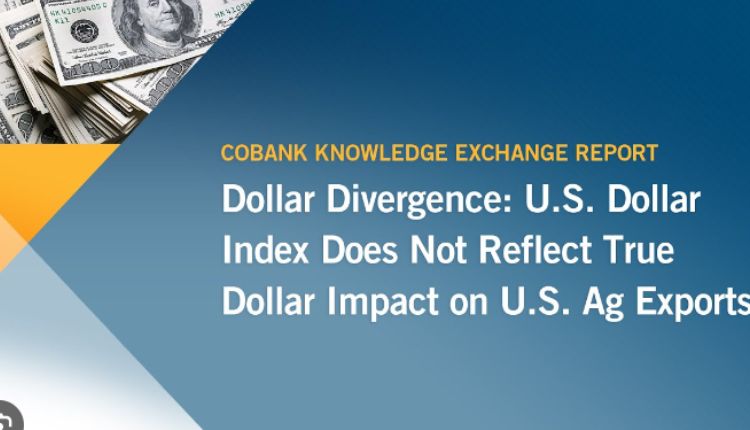The US Dollar Index (USDX) is a widely recognized benchmark that measures the performance of the US dollar against a basket of six major currencies. It provides valuable insights into the strength and stability of the US currency in the global marketplace. In this article, we will explore the significance of the US Dollar Index, its methodology, and its implications for global financial markets.
Body:
Understanding The US Dollar Index:
The USDX was introduced in 1973 by the New York Board of Trade (NYBOT) as a tool for measuring the value of the US dollar relative to other major currencies. The index includes the euro, Japanese yen, British pound, Canadian dollar, Swedish krona, and Swiss franc, which are weighted according to their importance in international trade.
Methodology Of The US Dollar Index:
The USDX is calculated using a formula that takes into account the exchange rates of the constituent currencies relative to the US dollar. The euro has the highest weight in the index, followed by the Japanese yen. The index is calculated on a continuous basis and updated in real-time, reflecting the dynamics of the currency markets.
Significance Of The US Dollar Index:
The USDX plays a crucial role in the global financial system. It serves as a benchmark for evaluating the overall strength of the US dollar, providing investors, central banks, and policymakers with a valuable tool for assessing currency risk and making informed decisions. A rising USDX generally indicates a stronger dollar, while a falling index suggests a weaker dollar.
Impact On Global Financial Markets:
Changes in the USDX have significant implications for global financial markets. A strong US dollar can attract capital flows, as investors seek higher returns in dollar-denominated assets. This can lead to a decline in the value of other currencies and impact international trade and investment flows. Conversely, a weak dollar can stimulate exports, boost commodity prices, and encourage investment in emerging markets.
Factors Influencing The US Dollar Index:
The USDX is influenced by a multitude of factors, including macroeconomic indicators, monetary policy decisions, geopolitical events, and market sentiment. Economic data such as GDP growth, inflation, and employment figures can have a profound impact on the US dollar’s value and, subsequently, the index.
Conclusion:
The US Dollar Index plays a pivotal role in assessing the strength of the US dollar in the global financial landscape. It provides a valuable benchmark for investors, central banks, and policymakers, aiding in risk assessment and informed decision-making. The index’s fluctuations have a profound impact on global financial markets, influencing trade flows, capital allocation, and investment decisions. As such, keeping a close eye on the USDX is essential for anyone involved in international trade or financial markets.
FAQs:
- How does the US Dollar Index affect individual investors? The USDX indirectly impacts individual investors through its influence on various financial assets. For example, a stronger US dollar can lead to lower commodity prices, impacting sectors such as energy and agriculture. Additionally, currency fluctuations can affect the returns on international investments and impact the affordability of foreign goods and travel.
- Can the US Dollar Index predict future exchange rate movements? While the USDX provides insights into the relative strength of the US dollar, it cannot accurately predict future exchange rate movements on its own. Exchange rates are influenced by a complex interplay of economic, political, and market factors. Therefore, it is crucial to consider other factors and conduct thorough analysis when forecasting currency movements.
In summary, the US Dollar Index serves as a vital tool for measuring the strength of the US dollar and understanding its impact on global financial markets. By monitoring the index and its fluctuations, investors, central banks, and policymakers can gain valuable insights for decision-making, risk assessment, and understanding the dynamics of international trade.

